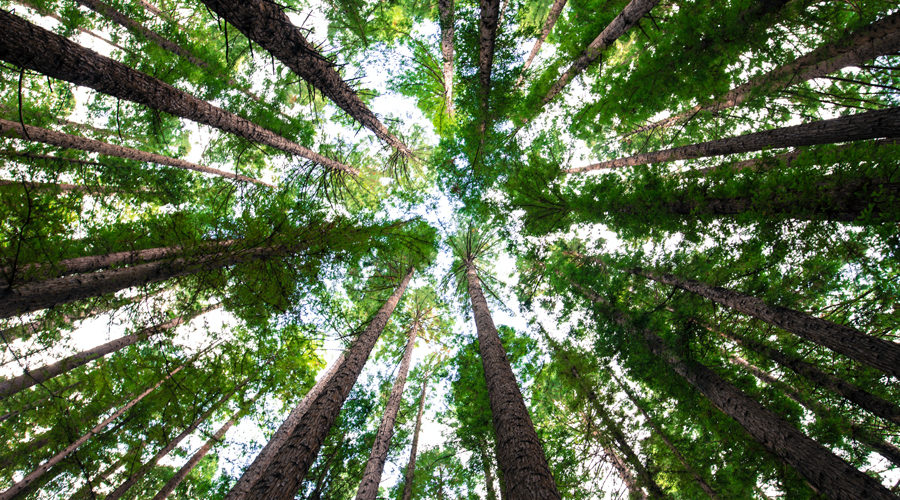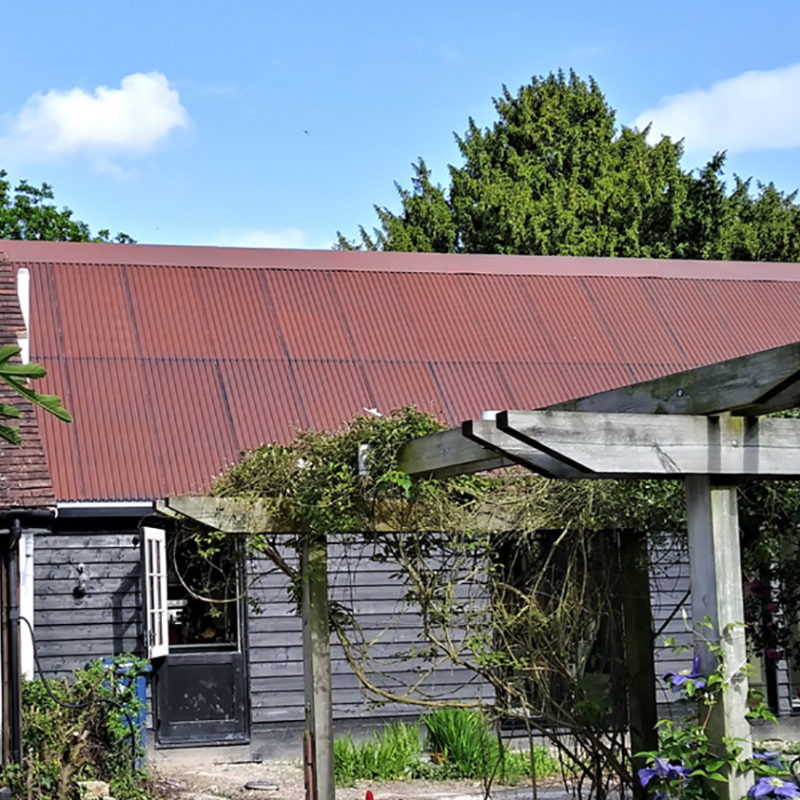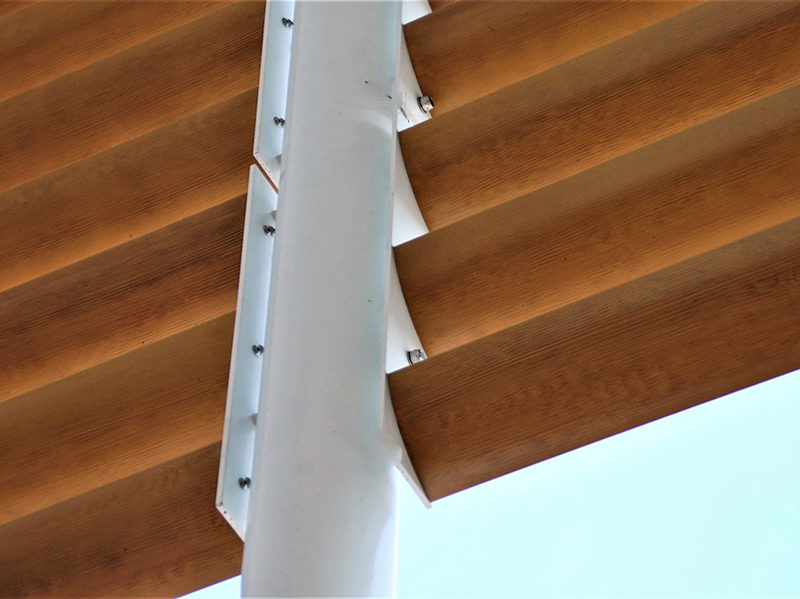Richard Besant, Director, Powdertech (Corby) Ltd, describes how powder coating on metal makes a significant contribution to the quest for sustainability in architectural construction. This it achieves in various ways, through powder properties, method of application and surface designs.
Powdertech Corby Ltd.
Use, re-use and use again
The impact of human life on the environment is under scrutiny as never before. Efforts to improve the way we interact with our environment are increasing and every small change has some positive impact. Recycling is a major challenge and one which powder coating on metal excels at. As is well known, aluminium from a building is recyclable to a level of over 97% with no loss of strength and the same can be said of steel. The processes are well established, aluminium using only 5 percent of its original production energy to be recycled.
The very best news for powder coating and the principle of re-use is that pre-treatments and final coats can be removed with no loss of integrity for the underlying metal. The removal process is chemical, using an alkali-accelerated solvent-based immersion fluid free from hydrocarbons, phenols and cresols. Since the process is not thermal there is no heat distortion of the metal, simply a clean finish ready for re-coating.
No hazards with dry powders
Powders are dry and require no solvents thereby avoiding the issues caused by volatile organic compounds (VOCs) which exist in the solvents used for wet spray paints and liquid wood treatments. These chemicals evaporate into the atmosphere causing high concentrations of ozone and health and environmental risks for the life of the coating. Up to 70% of wet paint is solvent to keep the binder and filler parts of the coating in liquid suspension.
Powders are also free of halogens and heavy metals and the minimal waste is an inert powder. Wet painting systems result in a sludge that must be disposed of and is classed as a hazardous waste. Paint residues on the ground can enter the water system and can also cause marine, river and lake contamination. The anodising process uses acids, dyes and rare metals to create different colours and the waste products can also be detrimental to the environment.
Process with minimal on-site impact
Pre-treatment for coating is a factory-controlled chemical process and reputable powder coaters use environmentally sound chrome-free processes such as silane and titanium zirconium. The powder application process takes place in a sealed booth where excess powder is collected and re-used, immediately minimising waste. The latest technologies ensure that up to 95% of the powder adheres to the metal.
Being an off-site process there is no on-site impact such as frequency of material transport and no site-located storage implications. This also makes powder coating the perfect metal finishing treatment for the popular modular build market where entire ‘units” are constructed off-site.
Durability – Longevity – Sustainability
Durability plays directly into sustainability and powder coatings play a dual role here. They protect the underlying metal and prevent loss of structural integrity. Furthermore, they suffer no flaking or discolouration and typically last, looking smart, for up to 40 years and an even longer design life. A building constructed from materials that will last reduces the wastage, time and energy effort associated with the destructive cycle of build, deteriorate, demolish, re-build. No throw-away culture is needed here.
Powder coating is very stable once on a building, with no staining from or leeching of harmful chemicals which unfortunately can occur with products such as Corten where the rust-effect surface leaches colour, staining surrounding materials and potentially affecting ground water. There are powder finishes which resemble the rusted metal look of Corten steel, but with none of these issues.
Replacing natural materials
The need to satisfy the growing ecological and sustainable demands of buildings, together with a desire for natural shades, has spawned extensive research and innovative new products. We need to preserve the world’s forest canopy to help combat global warming and to retain as many living trees as possible. Powdertech Corby creates its own finishes in this category with collections such as Wood Finish, Stone, Rust and Terracotta. Powder coating on aluminium or steel offers many construction benefits in terms of strength to weight ratios and the ability to span wide sections. Wood Finish on metal will not rot, warp or suffer from mildew and Powdertech Wood Finish conforms to fire reaction rating A2-s1,d0 making it far safer than wood. It is also possible to use finishes which offer credible alternatives to decorative metals such copper and bronze thus preserving the stocks of these scarce, natural materials.
No need for harsh cleaning or preservation products
Cleaning and maintenance routines for powder coatings are minimal and cause no environmental concerns. All that is required to keep the surface bright and free of dirt and contaminants is a wash down with Ph-neutral, detergent in warm water, generally on an annual basis. Maintaining the structural integrity and overall appearance of wood and stone entails the use of products for preventing and removing lichen and mildew, and re-staining or varnishing wood and these are generally not good for the environment.
Creating a positive impact
Architects and environmental planners are coming to see buildings and other landscape structures as organic elements of a larger ecosystem. Ecologically built structures that resonate with our ideals will create less stressful environmental footprints, promoting ecological connectivity which will enhance the quality of life and the overall look of our buildings. Innovative products are continuously being developed. Powder coating and aluminium are contributing to that positive impact and can play a major part in incorporating environmental sustainability to building projects.











